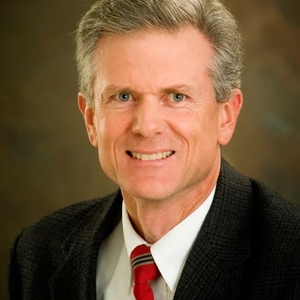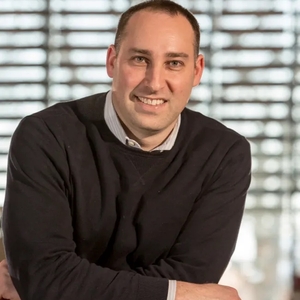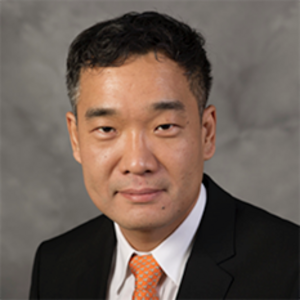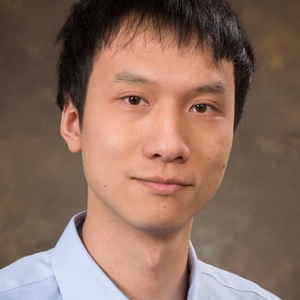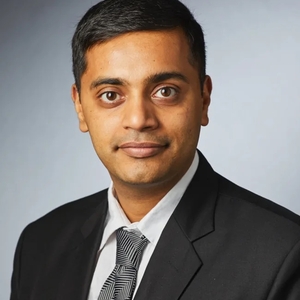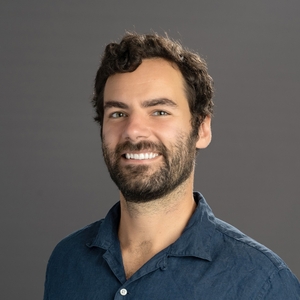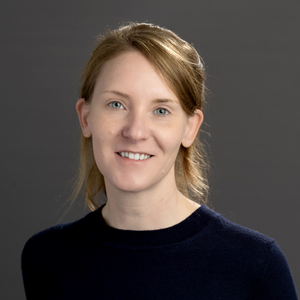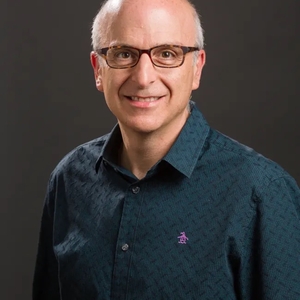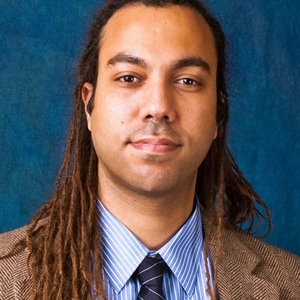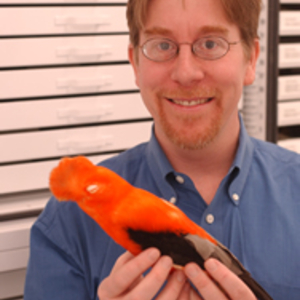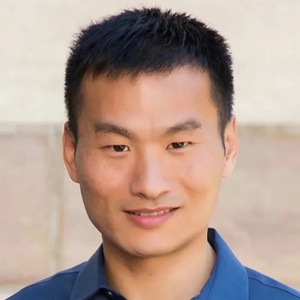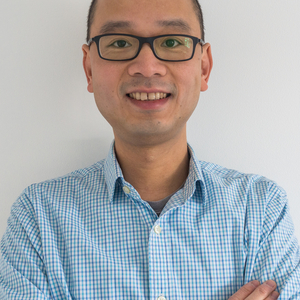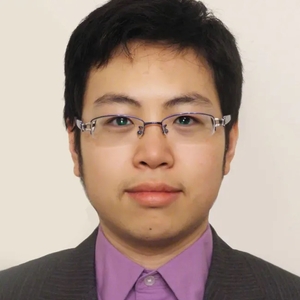How can biological systems be mimicked or manipulated? Labs focused on bioinspired design take inspiration from the natural world to design novel tools, materials, and technologies. Biomaterials engineering labs aim to create novel materials that mimic biological materials or environments. These materials are used to create novel medical devices and treatments, or to improve in vitro models of biological systems. Synthetic biology researchers use their knowledge of fundamental biological concepts to engineer biological systems that perform novel functions or create new organisms.
Featured Research
Modeling the collective behavior of FG-Nups in the NPC by dynamic DNA nanopores
Eason Cao ‘26
he/him
Cell Biology (C. Lin Lab)

Expanding spider silk properties by incorporation of nonstandard amino acids
Maisha Prome ‘27
she/her
Molecular, Cellular, and Developmental Biology (Isaacs Lab)
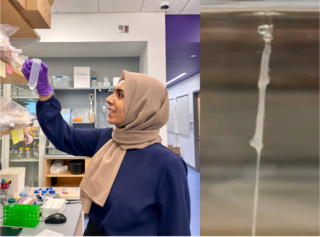
Faculty
-
Stuart Campbell
Associate Professor; Biomedical Engineering & Cellular and Molecular PhysiologyResearch Interests: Understanding mechanisms that underlie genetics forms of heart disease using computational and experimental tools and approaches. -
Jay Humphrey
Professor; Biomedical EngineeringResearch Interests: ascular mechanics; mechanobiology; design of tissue engineering constructs; computational modeling of vascular development, homeostasis, and disease -
Farren Isaacs
Professor; Molecular, Cellular & Developmental BiologyResearch Interests: Synthetic Biology, Genome Engineering, Systems Biology, Bioengineering, Engineered biomaterials & RNAs -
Jaehong Kim
Professor; Chemical & Environmental EngineeringResearch Interests: Antimicrobial/biocidal surface development and application of nanomaterials for water treatment -
Chenxiang Lin
Associate Professor; Cell Biology and Biomedical EngineeringResearch Interests: DNA nanotechnology enabled molecular tools and biomimetic systems -
Nikhil Malvankar
Associate Professor; Molecular Biophysics & BiochemistryResearch Interests: Single-Cell Imaging & Control of Microbial Metabolism via Protein Nanowires: Combining experiments with theoretical and computational modeling to address how environmentally and clinically important microbes build & use hair-like “nanowires” to export electrons outside their cell body, during respiration, communication, and pathogenesis by tuning nanowire conductivity using light, pressure, temperature, electromagnetic fields, humidity, non-natural ‘click’ chemistry and quantum coherence -
Harry McNamara
Assistant Professor; Molecular, Cellular & Developmental BiologyResearch Interests: Synthetic developmental biology: measuring and controlling stem cells to understand how they self-organize multicellular structures in vitro (organoids, embryoids) -
Kirstin Meyer
Assistant Professor; Molecular, Cellular, and Developmental BiologyResearch Interests: We seek to understand molecular mechanisms of emergent gene regulatory behavior, with a focus on temporal information transmission, mechanosensing, and chromatin biophysics. -
Kathryn Miller-Jensen
Associate Professor; Biomedical Engineering and Molecular, Cellular & Developmental BiologyResearch Interests: HIV latency; signaling pathways; high-throughput single cell analysis; computational, experimental and systems-level approaches -
Andrew Miranker
Professor; Molecular Biophysics & Biochemistry and Chemical & Environmental EngineeringResearch Interests: Protein self-assembly; protein folding and dynamics; amyloid -
Michael Murrell
Associate Professor; Biomedical Engineering and PhysicsResearch Interests: Non-equilibrium thermodynamics, active matter, biophysics, synthetic biology, cytoskeletal mechanics. -
Richard Prum
Professor; Ecology & Evolutionary BiologyResearch Interests: Avian feather evolution; structural color; avian color vision; avian phylogenetics and behavioral evolution -
Sathish Ramakrishnan
Assistant Professor; PathologyResearch Interests: Our lab develops cutting-edge lab-on-chip and nanotechnology tools to decode cellular secretion and communication, applying these insights to design transformative therapeutic strategies for aging, diabetes, and neurodegeneration -
Edward Stites
Associate Professor; Laboratory Medicine & PathologyResearch Interests: mathematical modeling, informed machine learning, cancer biology/disease biology, systems biology, synthetic biology -
Xiaolei Su
Assistant Professor; Cell BiologyResearch Interests: Membranes, phase separation, and regulation of immune signaling; single molecule imaging and cell engineering -
Steven Tang
Assistant Professor; Molecular Biology and BiophysicsResearch Interests: Cell-cell membrane fusion; cell-surface receptors and their ligands; therapeutic design and discovery -
John Tsang
Professor; Immunobiology and Biomedical EngineeringResearch Interests: Systems and quantitative immunology; human immunology; single cell biology; predicting and modeling immune responses; synthetic immunology: predictive engineering of immune cell trafficking and sensing; immune homeostasis maintenance and set point establishment mechanisms; integrating dynamical modeling and machine learning to understand emergent immune system behavior across temporal and spatial scales. -
Madhusudhan Venkadesan
Associate Professor; Mechanical Engineering & Materials ScienceResearch Interests: biomechanics and control of animal movement; muscle rheology and biophysics; inverse problems in elasticity and morphoelasticity. -
Jing Yan
Assistant Professor, Molecular, Cellular & Developmental BiologyResearch Interests: Imaging and modeling the developmental process of bacterial communities, characterizing and understanding the soft matter properties of bacterial biofilms, designing new bioinspired materials and surfaces

